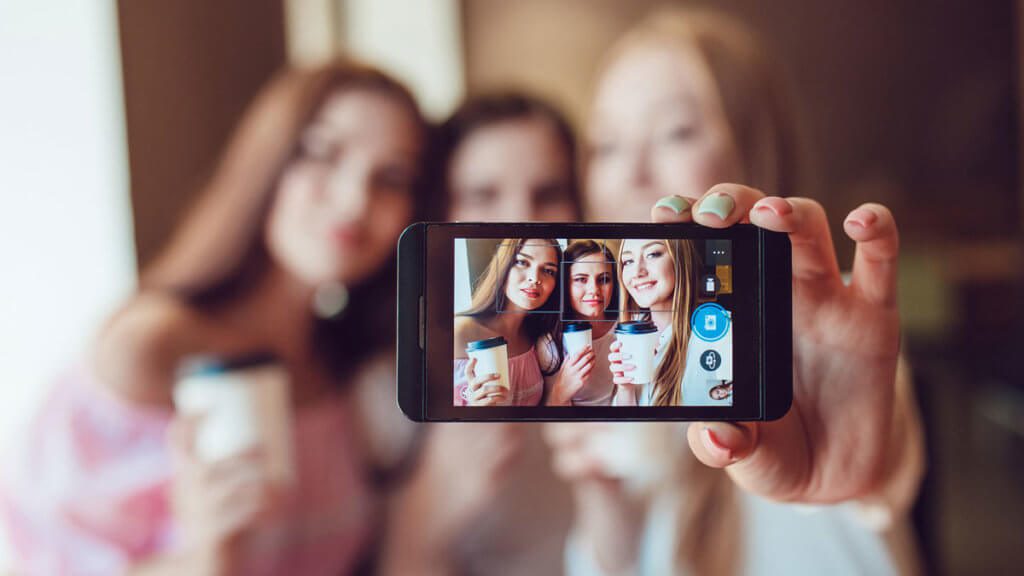“Face” It, We Like Being “Recognized”
As consumers, we love to be pampered. We enjoy feeling special and unique. This is especially true when we are spending our time and money on services. Recognition by a waitress or waiter at our favorite restaurant not only increases our loyalty to the brand, it enhances our experience as well. Why do you think the hospitality industry’s front desk and concierge staff address us by name? It provides a sense of familiarity to the service.
Familiar Face
How many times have you said to someone, “You seem familiar” or “Do I know you from somewhere” trying to remember a person’s name or a prior engagement? Most of us won’t appear on Hollywood’s list of most recognized individuals. People can’t help relying on their eyes and other senses to recognize others. We practice it from childhood. Technology affords us the same opportunities to be just as recognizable to our devices as we are to each other.
Mine, Mine, Mine …
Several sociologists have referred to the Millennial Generation as the “Me” generation. What exactly is wrong with wanting things that are tailored to our individualized tastes and preferences? Facial recognition software gives us that personalized experience with the least amount of effort and inconvenience possible. It appears in many of the products we already regularly interact with in our daily lives. Millions of game consoles use the technology to provide personal user experience and maintain profile information for the games we enjoy playing. Social networks perform similar tasks on the photos we upload to our “cloud” to help us tag and scrapbook the images from our lives.
New Hat, Same Face
Research into facial recognition is not some new 21st century craze or fad. It has been under study for the past four decades. In fact, the National Institute of Standards and Technology (NIST), a U.S. federally funded measurements standards laboratory, has been defining methods for comparing and evaluating facial recognition systems since 1993. The graph below (Figure 1) shows the improvements facial recognition algorithms and systems have been able to achieve through the reduction in error rates over the past 20+ years, including extrapolation of further advances over the next decade defined in NIST’s 2010 report[1].
Figure 1 – NIST Error Rate Reductions and Projections
Broadband Ready
Thanks to the importance of the Internet, service providers have been able to deliver greater broadband speeds to access new and exciting quantities of information, all through the push of a button. The great news is that these same networks can make all our devices, even those without a camera, become personal. This can even be extended to our surrounding environment.
Figure 2 – DOCSIS Upstream Linear Test Results
Figure 2 confirms low-end cameras using common video encoding techniques can reduce equipment deployments and costs to help the technology deliver on these opportunities using cloud-based solutions established through tests conducted at CableLabs.
“Face” It, You’re Stuck with It
Striking a balance between value and experience versus privacy is the key. Creating strong credentials and controls on access and use can provide us with the assurances and confidence necessary to realize this balance. Regardless, whether we achieve a consensus or not, more and more cameras are going to be capturing our faces. Now is the time to join the “Me” generation by embracing facial recognition technology and working together to address the consumer’s concerns head-on.
By Garey Hassler –
